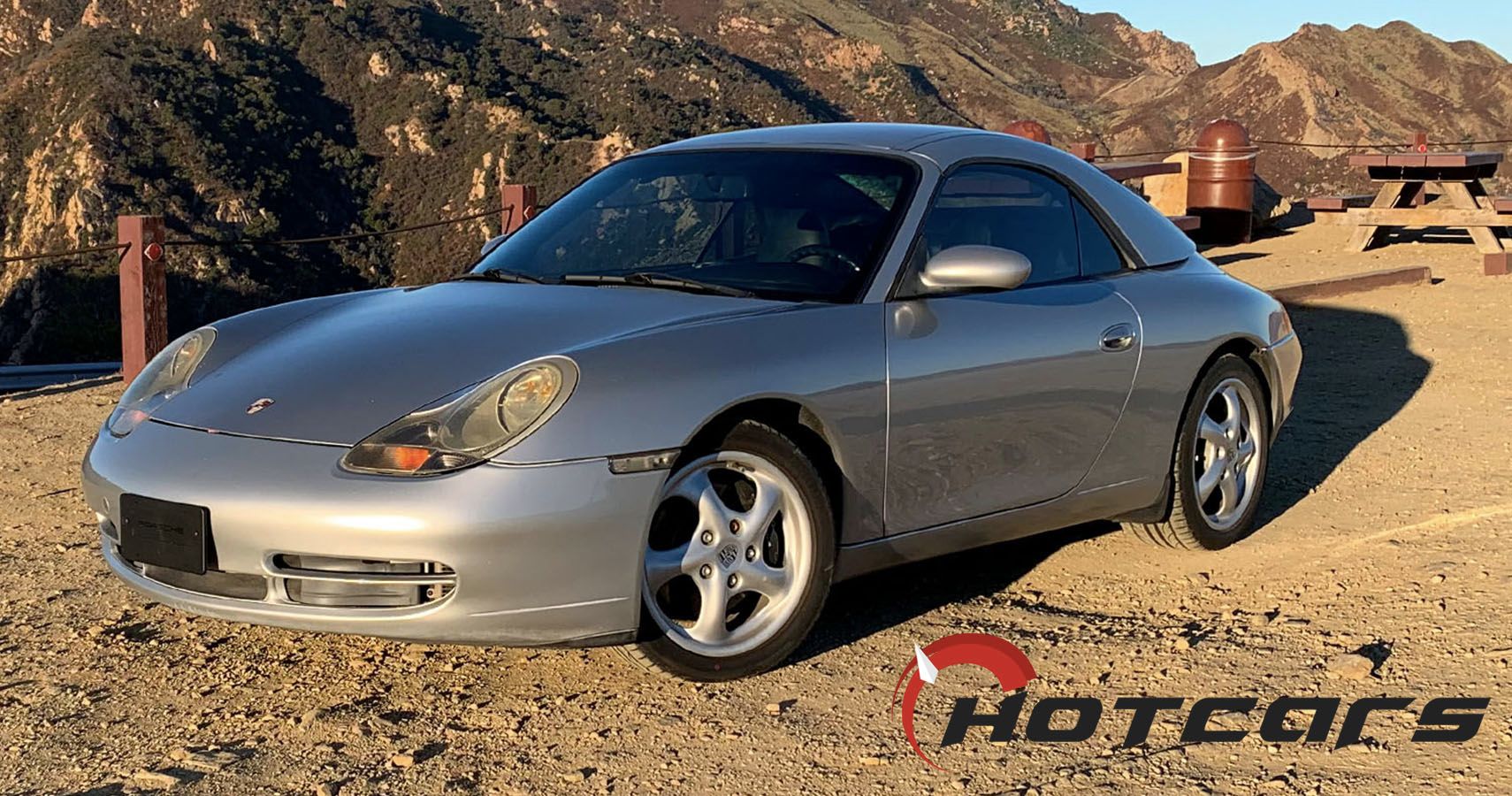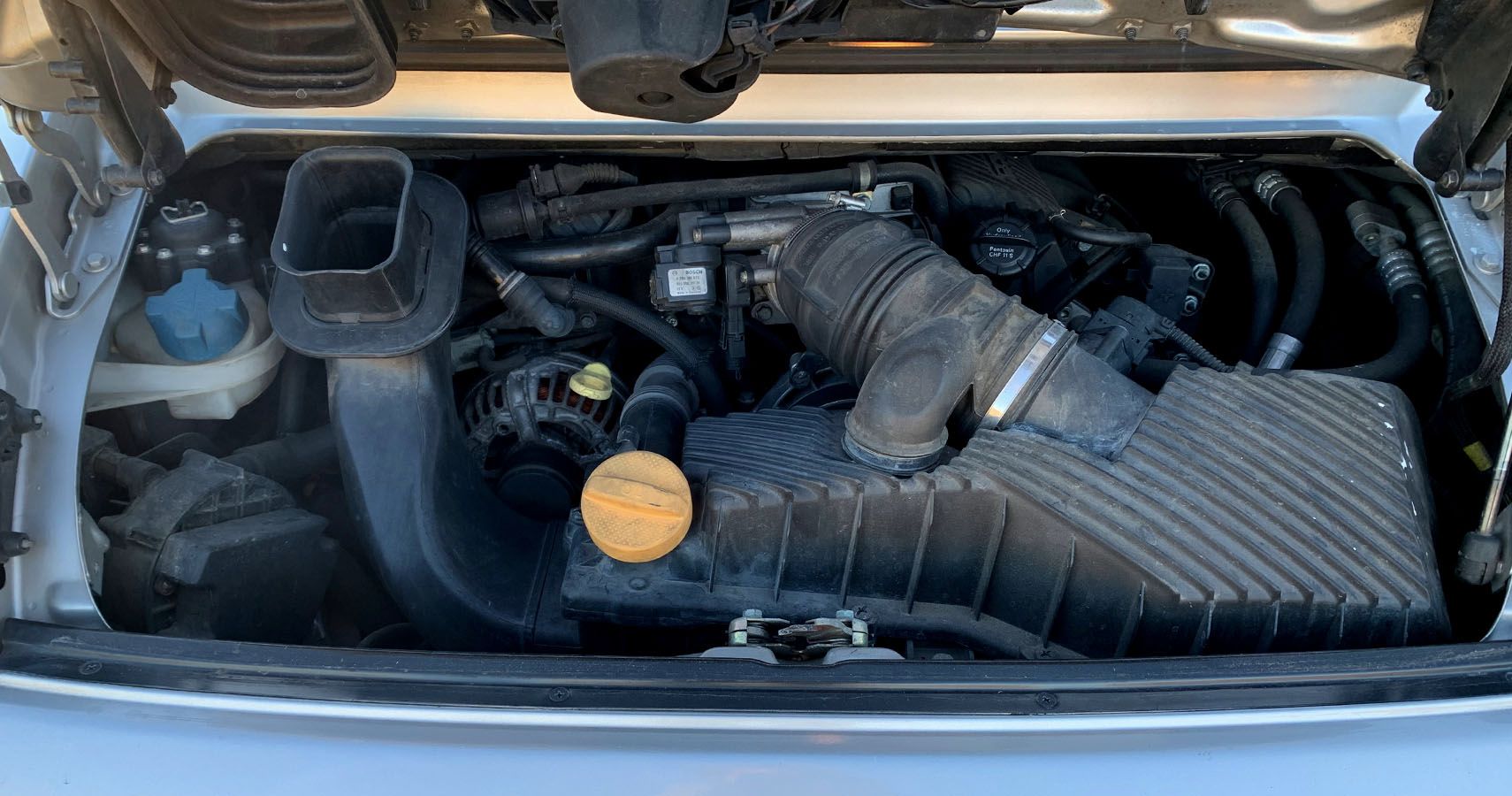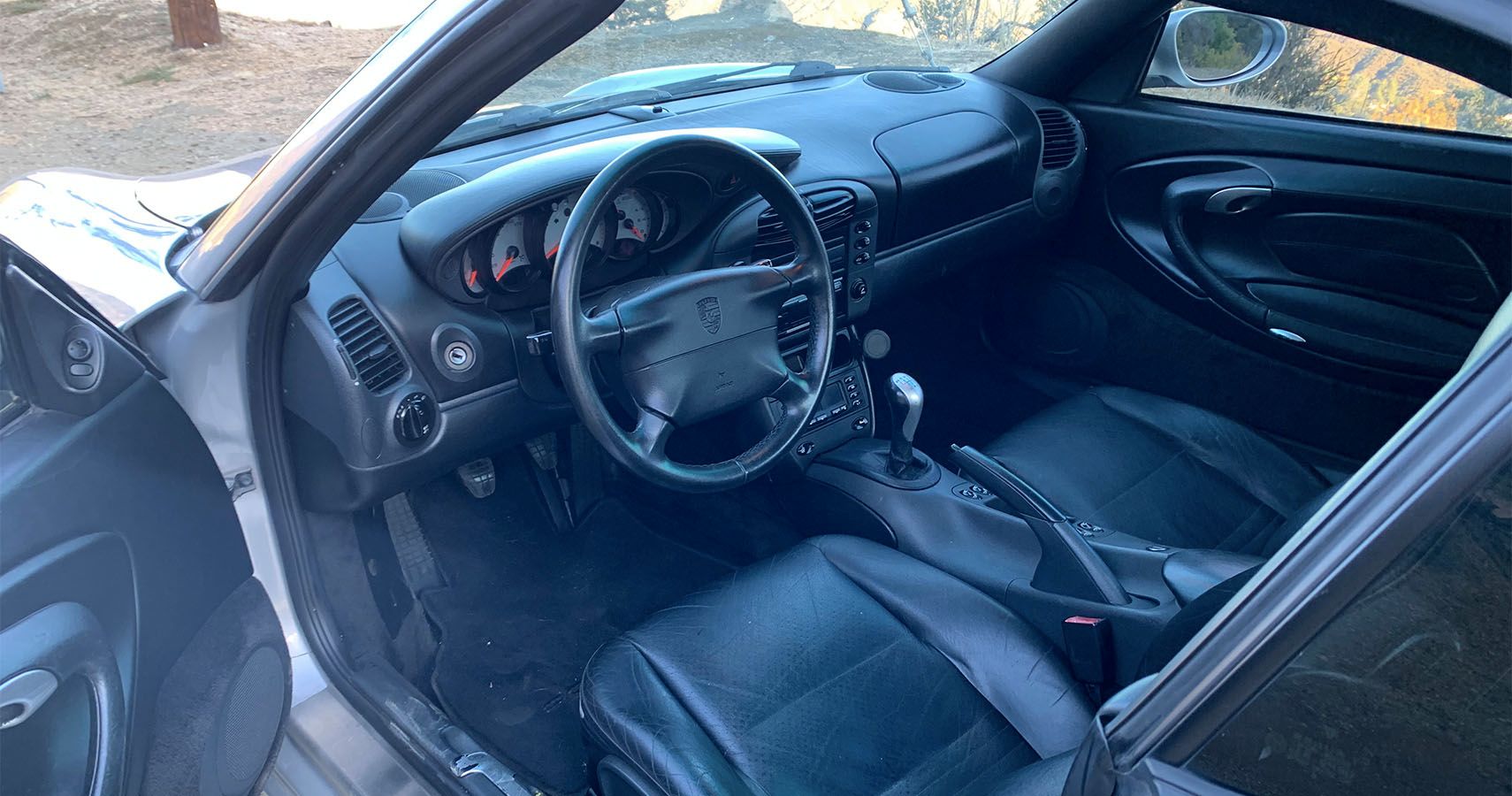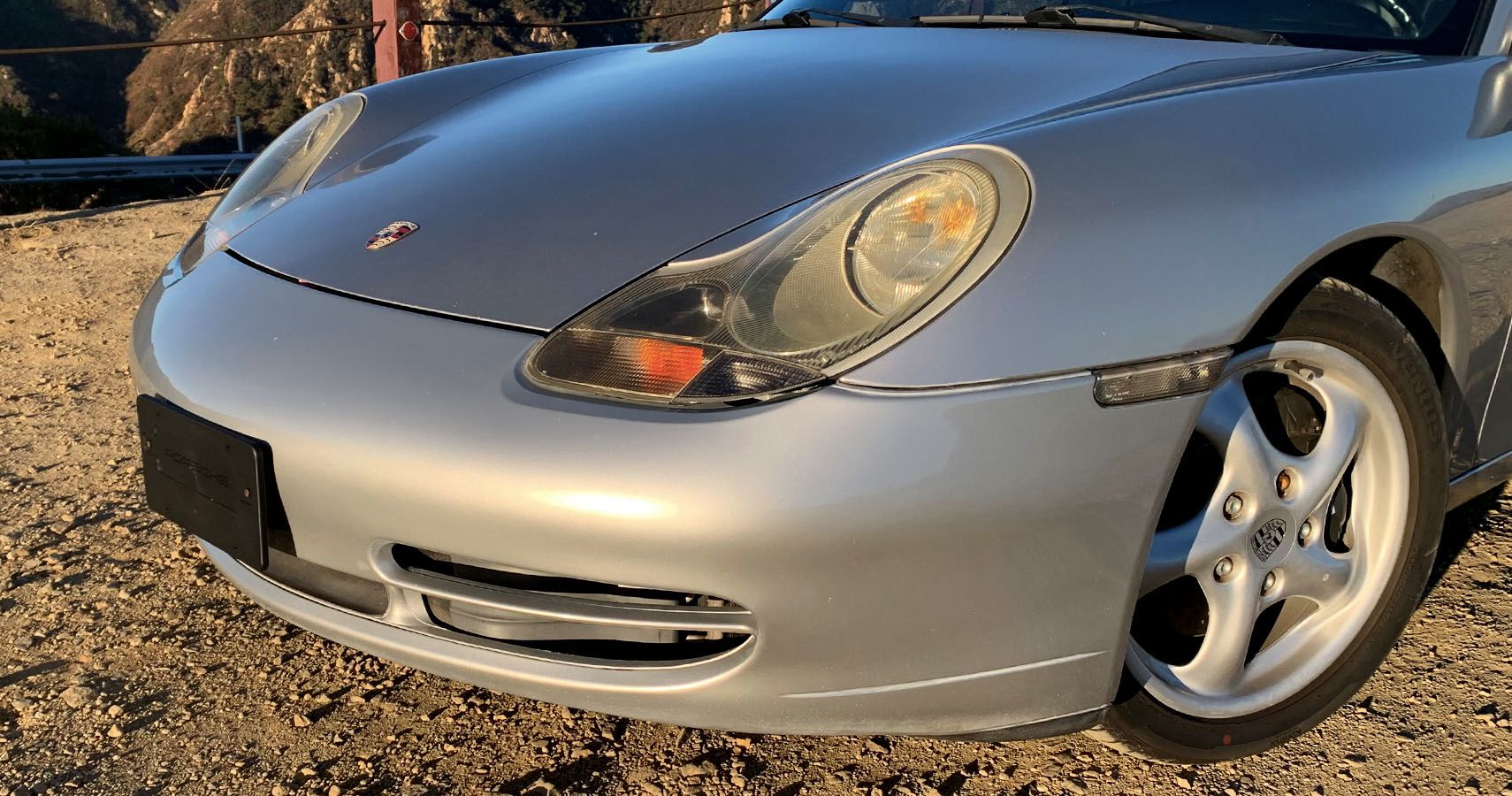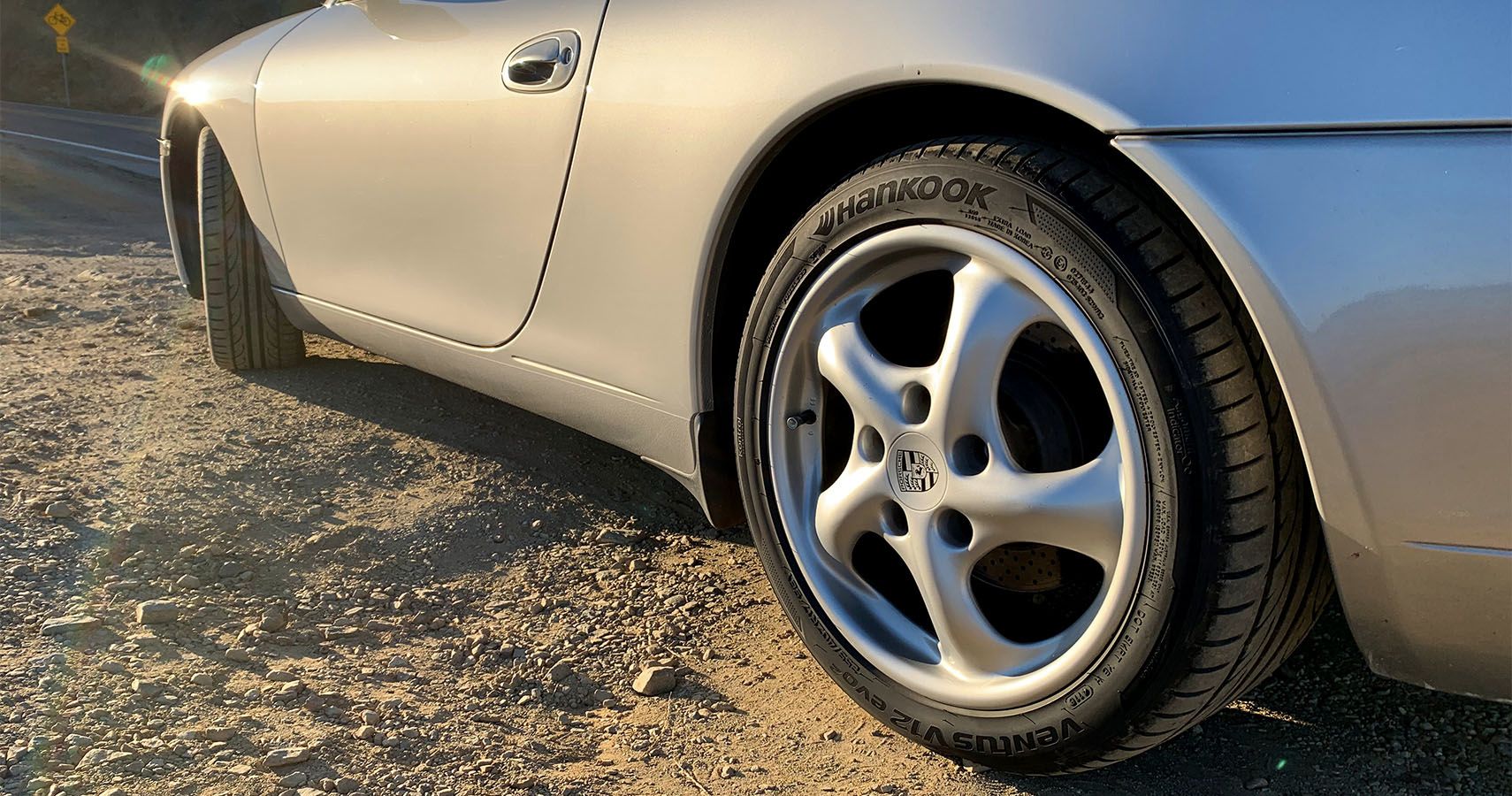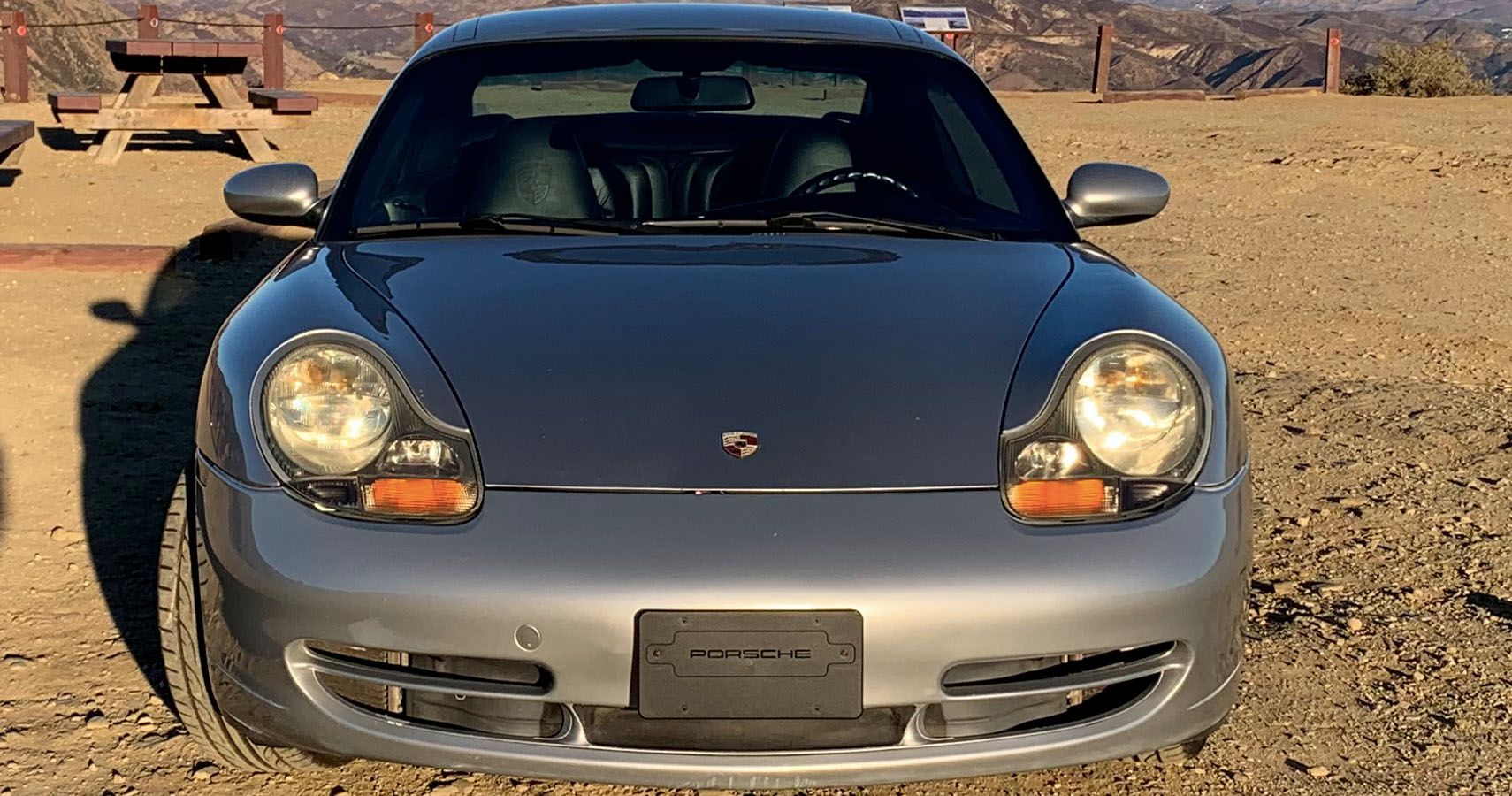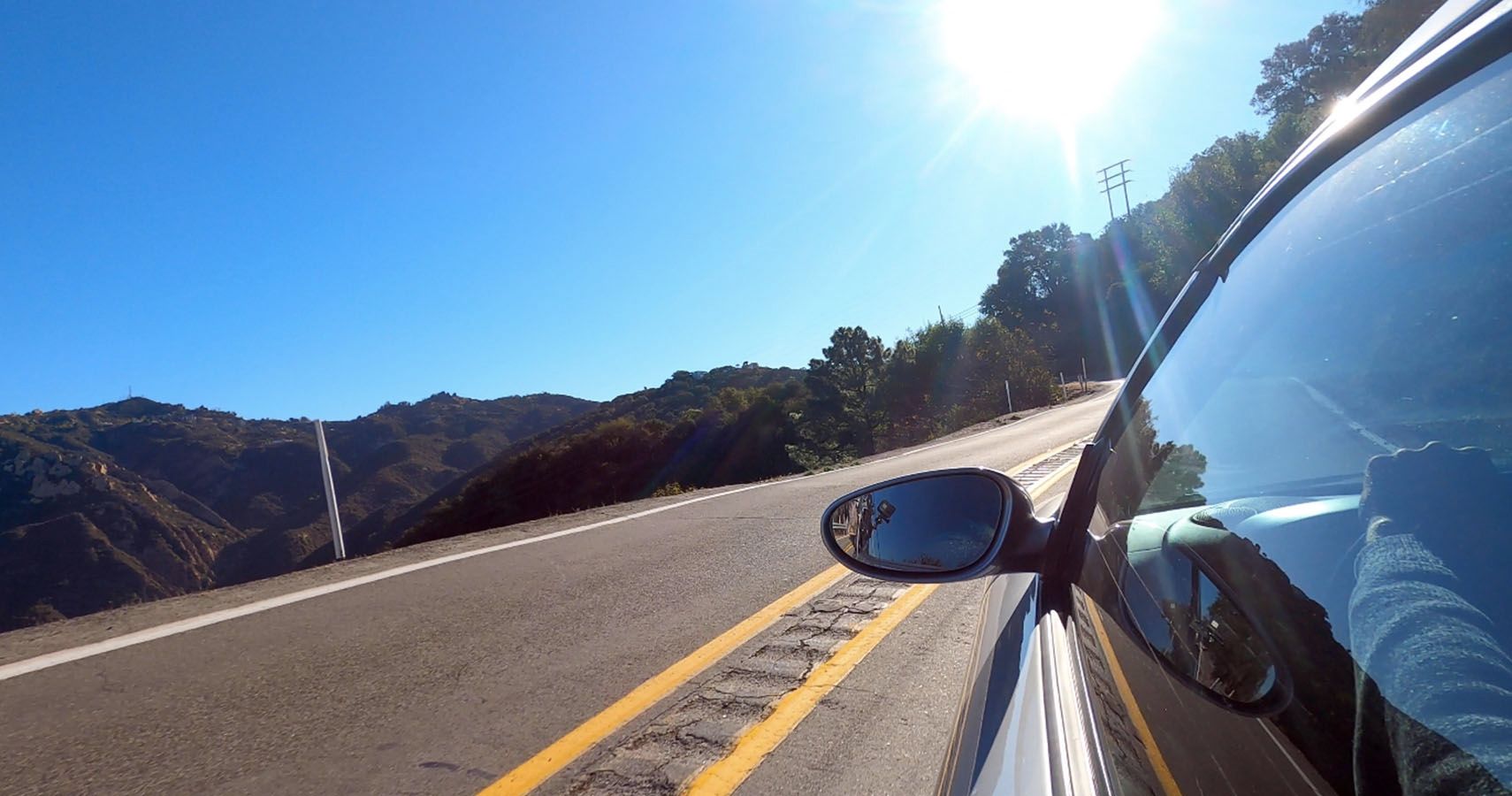Ask any group of sports car fanatics about Porsche's 996-generation 911 and the wide variety of responses always boggles the mind. Classic Porsche lovers will immediately scoff at the introduction of water cooling to the 911's traditionally air-cooled flat-sixes. Strictly based on aesthetics, other 911 fans will point out that the 996's headlights are shared with the Boxster—as is the cheaply built interior. And mechanically inclined gearheads will fret about the 996's famous intermediate shaft (IMS) bearing flaw that has birthed an entire industry of diagnosis, replacement, and repair.
And yet, ask anyone who's ever driven a 996 about the first water-cooled 911 and the conversation takes a different tone. After all, that water-cooled engine is more powerful, more efficient, lighter, and has a lower center of gravity than its air-cooled predecessors. Truly—or, at least, based on the arguments online these days—no single car model in the history of the automobile could ever prove as controversial as the 996.
Given the 996's depreciation curve, these formerly expensive Stuttgart products can be found at bargain-basement prices on the used market today. But can the 996 possibly drive well enough to outweigh all of the model's significant flaws?
I recently got a chance to drive a high-mileage 996 on a frigid, sunny morning in the hills of Malibu. But first, before I even got behind the wheel, I did a ton of research to make sure that the car wouldn't explode as I pushed it up the canyons that day.
Testing A 1999 Porsche 911 Carrera Cabriolet
The specific 911 I drove was a 1999 model year 911 Carrera Cabriolet, which makes it somewhat special amongst the 996's nine-year production run. Earlier 996 cars have proven themselves somewhat more desirable, thanks to a 3.4-liter flat-six that employs a dual-row IMS bearing, rather than the later and weaker single-row IMS bearing, as well as a cable throttle (as opposed to the drive-by-wire system introduced for the new millennium).
The 3.4-liter powerplant was rated at 296 horsepower and 258 lb-ft of torque, however, both a bit lower than the 996.2's 3.6-liter engine and its 320 ponies. The car in question here also has an impressive 167,000 miles on the clock and benefits from an engine rebuild that was commissioned relatively recently, plus the popular "Fister" exhaust modification that involves welding an additional tube onto the muffler to open up a bit more resonance. Somewhat thankfully, on a morning in Malibu that dipped as low as 23 degrees Fahrenheit (yes, it gets that cold in Los Angeles in December), the car came with a hardtop installed.
Significant Design Flaws From The Factory
As my GoPros repeatedly glitched and shut down due to the low temps, overall, the 996 performed admirably. Driving a rear-engined car definitely takes some getting used to, first because the entirety of the engine and exhaust note comes from behind the passenger compartment. But I came away quite impressed by the 996's straight-line speed and cornering ability simultaneously. Yes, the car does actually feel like it squats down during tight turns and, past the apex, mashing the cable throttle results in some pretty impressive jerk—even if this is a car that "only" has 296 horsepower.
Porsche built the 996's six-speed stick shift with ratios allowing for around 70 miles an hour in second gear thanks to a 7,200-RPM redline. Throw in the Fister exhaust, the high-end power, the respectable-if-not-overwhelming torque, and the 996's low center of gravity, all of which combine to produce a driving experience radically different from the 1985 Porsche 911 Carrera I'd driven a few months earlier.
A Well-Used Car Inside & Out
And this was a car with 167,000 miles on the clock! Yes, the interior felt a little low-rent (especially compared to my old Mk1 Audi TT, which hit the market around the same time as the 996 but at about half the price while feeling much more luxurious inside). And yes, the hardtop convertible creaked like a rickety porch swing. But the cable throttle feels like a throwback to an earlier era—maybe that's what makes the 1999 model year such a desirable link between Porsches old and new. For the money—for a car well over 20 years old with over 167,000 miles on the clock—this 996 has definitely withstood the test of time.
But what about the prospect of actually buying a 996? Well, everyone knows about the IMS bearing problem, which makes a pre-purchase inspection (PPI) a necessity in every case. The IMS subject tends to bring out serious and passionate internet commentary, but ask most Porsche mechanics and they'll typically say the issue has been blown way out of proportion—before admitting that yes, they've seen a few blown engines due to IMS failure.
The Hated Headlights Of The GT1 Racecar
The 996 also has a couple of other major flaws that gave me some reason to wonder about the prospect of the car I was driving. When Porsche decided to introduce water-cooling to the 996's flat-six, they did so after decades of experience producing water-cooled V8s and inline-fours for the 928, 924, and 944. But the engineers in Stuttgart had also used water-cooling for the heads of the 959—the rally-bred, 911-based supercar that took the world by storm in the late-1980s—and in the famed Mezger engine that powered the 911 GT1 racecar. And speaking of the GT1 racer, guess where those headlights shared by the Boxster and 996.1 originated.
Water-Cooling Leads To Other Concerns
Porsche simply had to bring the 911 into the modern era with water-cooling; there was no other alternative. Unfortunately, in an attempt to cut costs, Porsche developed the 996's M96 engine with a wet-sump oiling system, as opposed to the dry-sump system used for all previous 911 generations (and in the 996's higher-spec Turbo, GT2, and GT3 models, all of which used the Mezger engine).
The use of a new wet-sump oiling system in a new water-cooled powerplant combined to create the 996's two non-IMS concerns: cylinder scoring and oil starvation. Most experts believe the cylinder scoring occurs when the M96 engine heats up unevenly before the thermostat opens to allow coolant to flow through the 996's front-mounted radiators. Meanwhile, oil starvation typically emerges during hard cornering, when the engine's heat lowers the oil's viscosity to the point that it either foams up, sloshes to the side of pan, or runs dry entirely.
Both cylinder scoring and oil starvation can be combated in a few ways simultaneously. First, a low-temp thermostat will allow the engine to warm up more evenly—albeit more slowly—by opening and circulating the car's full volume of coolant earlier. Upgraded oil pan baffles and 997-generation return tubes can help engine oil stay more centrally located in the pan, while installing a third coolant radiator up front, an add-on that came standard on automatics and GT-spec cars, can also help keep temps lower for longer. For those who want to track their base 996 (or 986), a deep-sump oil pan install might prove necessary, though it increases the chances of bottoming out on rougher roads.
Lastly, having the engine rebuilt to the specs of the X51 option code, which added a handful of horsepower and, more importantly, an additional oil return pump in each cylinder bank, should solve the oil starvation issues—but that could cost more than the 996 itself. And in that case, why not just upgrade to a Turbo or GT3?
Keeping It Simple With A Base 996
After all, the whole point of getting a 996 is to keep the cost of Porsche 911 entry as low as possible. Luckily, other than the engine rebuild, the jobs I've listed above can be completed in stages, mostly by amateur mechanics at home, and shouldn't cost more than $1,500 all in. Which brings me to one of the 996's most significant pros in its list of pros and cons: the community support for these cars is truly incredible. Forum threads, DIY instructionals, YouTube videos, and tutorials from the likes of Pelican Parts all transform the home mechanic into an expert when it comes to wrenching on a 996.
Back to the car at hand, which the current owner bought in January of this year for the borderline-unbelievable price of $11,000. Yes, $11,000.
That's money well spent, especially considering the engine had been rebuilt almost immediately beforehand (sadly, not to X51 specs) at a cost of about $9,000. It's not perfect, the starter definitely sounds weird, and there's little hope of the investment actually appreciating. But the chassis and suspension sure seem pretty taut for such a well-used car, the driving experience probably can't be beaten (or even matched, I'd say) for the money, and, at the very least, it's hard to imagine a 911 being worth less than eleven grand.
Is The Drive Worth The Money And The Headache
After my morning in the hills—and considering the knowledge I'd accumulated in advance of the drive—the reports that 996 values might have plateaued or even begun to rebound certainly seem reasonable. Of course, every make and model has its pros and cons, and Porsche did bake some pretty major flaws into the 996.
Those flaws make buying one a bit of a gamble, even if the majority will have had IMS work completed by now and, hopefully, a few of the other upgrades to prevent oil starvation and cylinder scoring bolted on along the way. Anyone with a paranoid mind that keeps them up at night should probably look elsewhere but with the right maintenance and ownership history, a clean PPI showing no metal fragments in the oil, no over-revs, and cam deviation specs within tolerance, a cheap 996 should otherwise serve as a reliable and fun sports car for years to come.
The only potential comparable I can think of is the 996's sibling, the 986 Boxster that currently hovers at slightly lower values on the secondhand market (even though it shares many of the same flaws). An early Boxster S, in particular, sounds attractive thanks to a bit of a power bump for the mid-mounted flat-six, a similar six-speed stick shift, and upgraded suspension components. I can't wait to drive one and in the meantime, I'll be singing the 996's praises to any sports car enthusiast I meet who's looking for something to buy at the right price, learn to drive well, and maybe gain a bit of mechanical experience in the process. Add my voice to the Porsche cacophony, solidly on the 996's side.
Sources: fdmotorsports.net, pca.org, excellence-mag.com, pelicanparts.com, and stuttcars.com.

